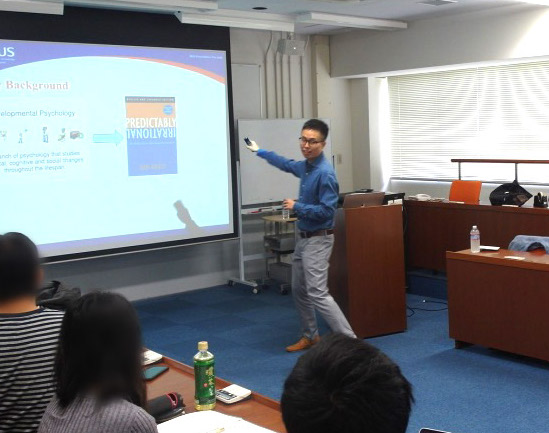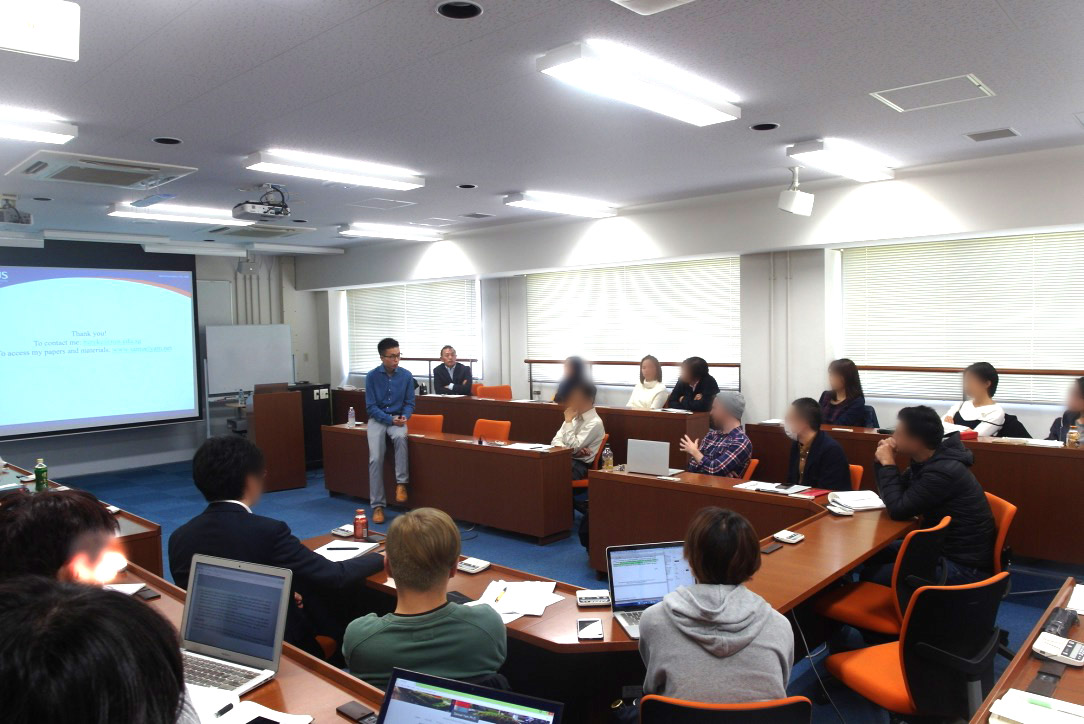Publishing in Top-Tier Journals in Organizational Behavior: A Junior Scholar’s Perspective
Speaker: YAM, Kai Chi (Assistant Professor, National University of Singapore)
Date and Time: Wednesday, October 25, 2017 13:00-14:30
Location: 3rd Floor Case Study Lecture Room,
Graduate School of Management Research Building No.2, Kyoto University
http://www.kyoto-u.ac.jp/en/access/yoshida/main.html (No.34 on the map)
Abstract:
This talk is about publishing empirical papers in general and top Organizational Behavior outlets specifically (e.g., AMJ, JAP, OBHDP, PPsych, JOM, etc.). I will first provide a general overview of the editing and reviewing process at these top outlets. Then, based on my experience as an author and reviewer, I will talk about various issues and do’s and don’t’s that are commonly encountered by junior scholars.
I will furthermore share tips and lessons learned from a junior scholar’s perspective. The talk will conclude with a Q&A session with the audience about publishing, so please come with (lots of) questions!
Sponsored by: Collaborative Graduate Program in Design, Kyoto University (Design School)
Contact: yamauchi[at]gsm.kyoto-u.ac.jp (Please change [at] to @.)
Yutaka Yamauchi, GSM
Report:
About 30 participants
 Professor Yam shared his thoughts based on the experience of publishing a number of papers in top-tier journals in Organizational Behavior. He went over various important issues in writing good quality papers publishable in top-tier outlets. He limited his presentation in quantitative papers and in organizational behavior.
Professor Yam shared his thoughts based on the experience of publishing a number of papers in top-tier journals in Organizational Behavior. He went over various important issues in writing good quality papers publishable in top-tier outlets. He limited his presentation in quantitative papers and in organizational behavior.
First, he outlined six different ways to achieve the level of interestingness and novelty, e.g., borrowing ideas from other disciplines such as psychology and focusing on counterintuitive and paradoxical ideas such as dark side of good stuff. He gave some examples from his own publications. Second, he discussed how to write, particularly the introduction. He gave the concrete guideline for four-paragraph structure. Third, he suggested a few criteria for good theories, e.g., the size of the model. Fourth, to achieve the empirical rigor, he suggested going to all the articles of the top five journals in the field for the last three years and understand the criteria.
 More than 30 students and faculty members participated from various departments. A lot of questions raised by the audience made the seminar highly interactive and engaging.
More than 30 students and faculty members participated from various departments. A lot of questions raised by the audience made the seminar highly interactive and engaging.
京都大学 デザイン学大学院連携プログラムKyoto University PAGE TOP